Throughout history, medical practices have come and gone with the changing times. While some of them were extremely beneficial to a patient’s health, others were downright horrifying. In this article, we will discuss 10 of the most terrifying old medical practices that were once widely used. From dangerous treatments to unorthodox surgeries, you’ll be shocked to learn how far people went to cure their ailments. So get ready to discover some of history’s most extreme, and sometimes barbaric, medical practices.
1. Trepanation
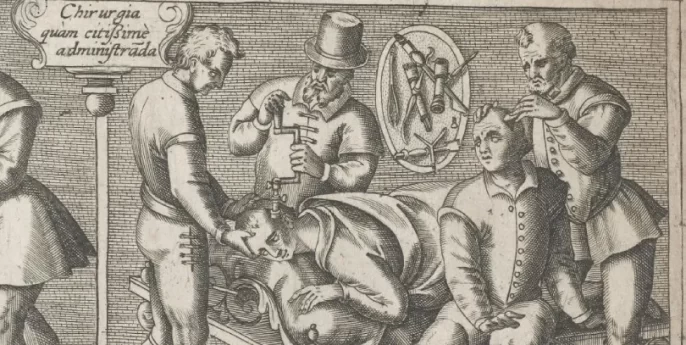
Trepanation is a surgery that has been around for thousands of years. It involves creating an opening in the skull by drilling to reveal the dura mater, which is the protective membrane that covers the brain. For a long time, this technique was used to treat different health problems such as epileptic seizures, migraine, depression, and even alleged spiritual possession.
Craniotomy is an updated version of trepanation and is used to treat severe illnesses like brain tumors. It involves the surgical removal of certain pieces of bone from the skull and these are often replaced without delay once the procedure is done.
2. Bloodletting
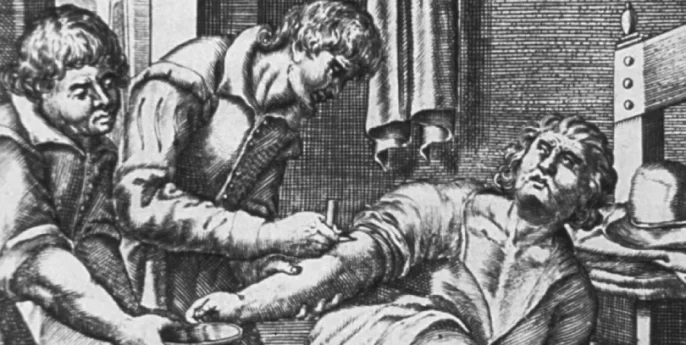
Bloodletting is an ancient medical practice that involves the removal of blood from a patient to cure or prevent a variety of illnesses. This practice was believed to balance the body’s “humor,” or fluids, and dates back to ancient Egyptian, Greek, and Roman times. It was commonly used to treat everything from headaches to fevers to heart disease. The blood was usually extracted using leeches or through lancing. The practice gradually fell out of favor during the 19th century, as scientific advances began to show that it had no real medical benefit. Despite this, it is still occasionally practiced in some parts of the world.
3. Urine therapy

Urine therapy, also known as urotherapy or Shivambu, is an ancient practice that dates back thousands of years. It is an alternative form of medicine that involves the ingestion and topical application of urine for health and healing. Proponents of the practice claim it can be used to treat a variety of ailments, including skin problems, infections, and digestive issues.
Urine therapy has been practiced as a way of treating ailments and illnesses such as asthma, eczema, bronchitis, and skin diseases; however, it has since been debunked due to lack of evidence supporting its effectiveness or safety when consumed orally or applied topically on skin or eyes.
4. Lobotomy
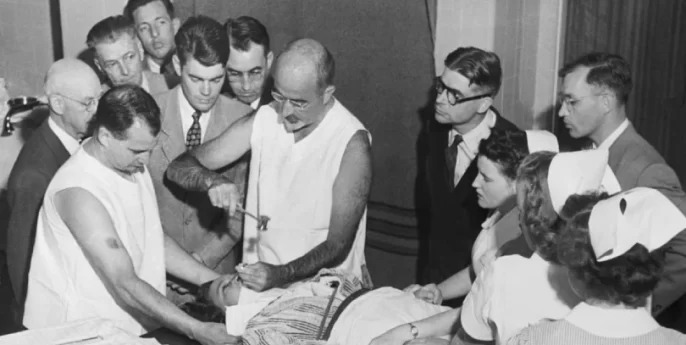
Lobotomy is a medical procedure that involves surgically removing or destroying nerve tissue in the brain. It was first used in 1935, by Portuguese neurologist Egas Moniz as a treatment for mental illness.
The procedure involves making an incision in the skull and then inserting an instrument called a leucotome into the brain. The leucotome is then used to cut or sever the nerve fibers that connect the frontal lobe to other parts of the brain. This can have serious consequences, including personality changes, memory loss, and difficulty in decision-making.
5. Corpse Medicine

Corpse medicine is a medical practice that was used in Europe and the Middle East during the 16th and 17th centuries.
It was believed by some practitioners that the body of a deceased person had certain healing properties and that these properties could be harnessed to treat certain diseases. Corpse medicine involved the use of body parts, organs, and fluids from dead people. These were typically dried and ground into a powder and then administered orally to the patient. Examples of corpse medicine include a human skull, bone, blood, fat, and even brain.
6. Tobacco Smoke Enemas
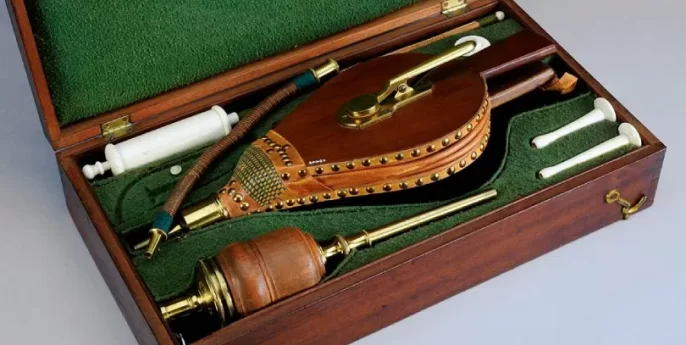
Tobacco smoke enemas, also known as “clysters,” were a popular medical practice in the 18th century. They were used to treat a variety of ailments such as fever, asthma, digestive issues, headaches, abdominal cramps, and more.
The enema was administered by filling a cloth bag with tobacco smoke and then inserting it into the rectum. The smoke would then fill the intestines and be absorbed into the bloodstream.
The practice of using tobacco smoke enemas was thought to be beneficial due to the nicotine’s ability to stimulate circulation and reduce inflammation. It was also believed that the smoke could help clear out mucosa.
7. Mercury
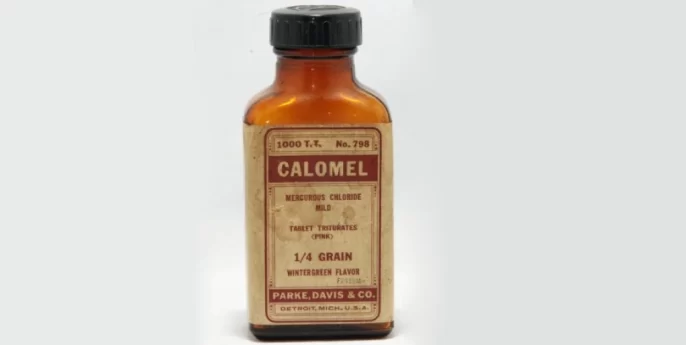
Humans have known for a long time about the dangers posed by exposure to mercury. Inhaling mercury vapor can cause severe damage to organs like lungs and kidneys and in extreme cases, even be fatal.
Mercury salts have historically been used as medicinal remedies to increase life span and improve health. However, if consumed, they can be toxic to the kidneys and cause serious health issues. Traditionally, mercury was used as a key component of various treatments for illnesses like depression, syphilis, and influenza. This process had been carried out for centuries until more modern medical advances were made.
8. Arsenic
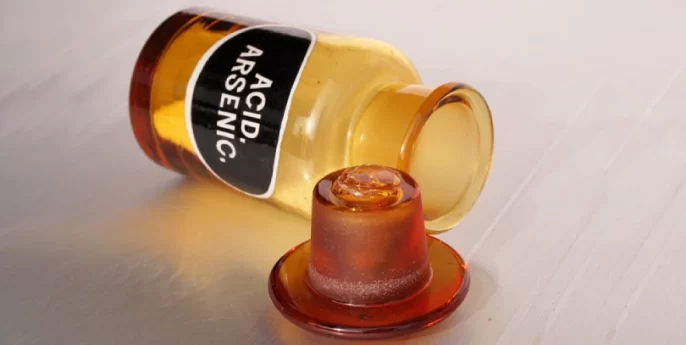
Arsenic has a long history and was used as a medicinal remedy in ancient times. It is one of the oldest medicines known to man. Despite its known toxicity, arsenic was used for medicinal purposes in some parts of the world up until the 1900s. Arsenic compounds were commonly used in tinctures, balsams & tablets to treat ailments such as sleeping sickness and syphilis in the past.
9. Mesmerism
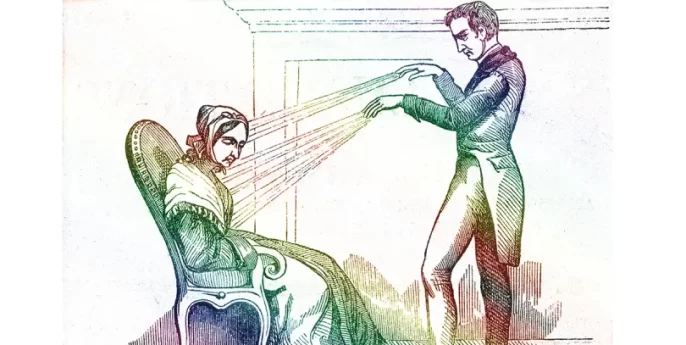
Mesmerism, also known as animal magnetism, is a form of alternative medicine that was popularized in the late 18th century by the Austrian physician Franz Anton Mesmer.
Mesmer believed that all living things contained a natural force or energy, which he called “animal magnetism”, and that this force could be harnessed and applied for healing purposes.
Mesmer’s theory was based on the concept of sympathetic magic, which held that an object or person could be affected by another object or person at a distance. Mesmer believed that illness was caused when a person’s magnetic fluid was blocked or unbalanced. Mesmer’s technique involved the application of magnets and passes of the hands over the body, creating a sensation in the patient that would result in a curative effect.
10. Tapeworm Diet
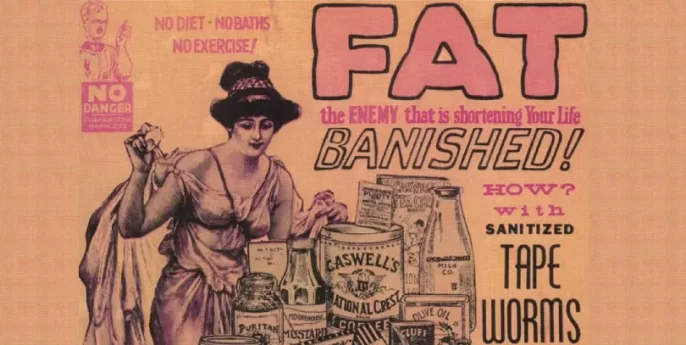
In the Victorian era, people came up with an unusual way to lose weight – by consuming tapeworms. This method was considered to be a radical solution for that period. The initial thought behind this was quite straightforward: a person would ingest an egg containing a tapeworm which, when it hatches and lives inside their gut, starts consuming the food that the person eats. This method may help an individual to shed extra pounds without necessarily cutting down on their meal portions. Even though it is now recognized that tapeworms can be harmful and even deadly at times, the utilization of this dubious technique is still happening in present times.
Source:






